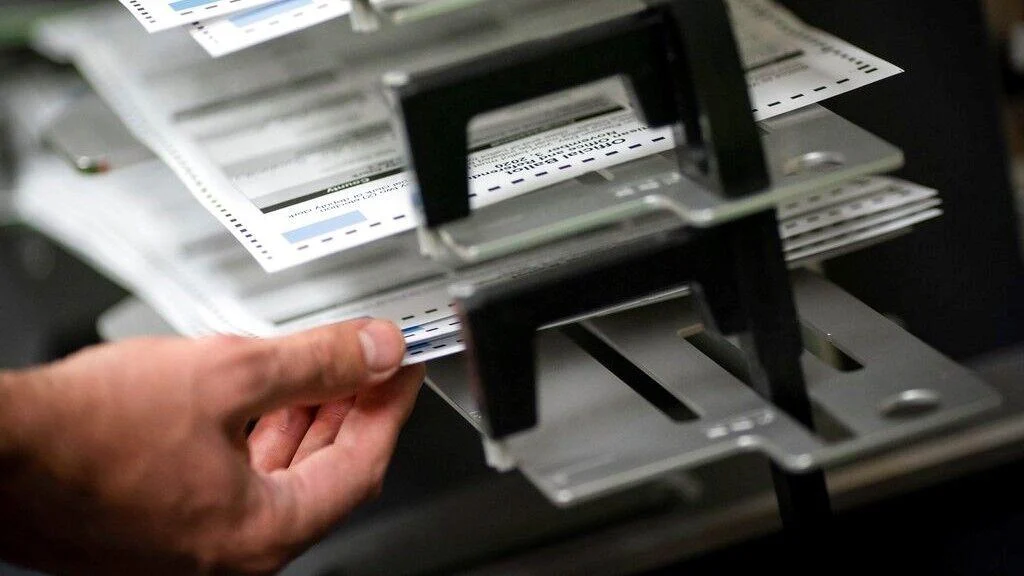
Preprocessing covers a variety of processes that prepare a mail ballot for counting. This typically includes scanning ballots into the system and marking them as “received,” verifying or checking for the presence of a signature, identifying any errors with a ballot that can be “cured” by the voter, and removing ballots from their envelopes in preparation for tabulation.
National Vote at Home Institute recommends that states begin preprocessing ballots upon receipt to take the pressure off of election workers and ensure that all ballots are processed and counted in a timely manner. As a minimum standard, states should provide at least 7 days of preprocessing so voters have sufficient time to review the status of their ballots and correct any issues.
Why It's Important
- Prevents a ballot backlog. Preprocessing ensures that election officials are not overwhelmed with mail ballots come Election Day. By starting early, election officials will not feel the same time- or resource-crunch they would otherwise, reducing overtime needed.
- Ensures timely results on election night. As we have seen in previous elections, when states had sufficient time to process mail ballots, results were available much sooner on election night. Think back to the 2020 election: States like Pennsylvania and New York, which do not allow preprocessing, were left counting ballots long after Election Day, whereas states like Florida which allowed preprocessing had nearly complete results available on election night.
- Necessary for implementing other best practices. Timely preprocessing is also a crucial first step to implementing other mail-ballot best practices, such as a robust cure process or ballot tracking. Without proper preprocessing, states will have difficulty notifying voters and giving voters enough time to correct any issues with their ballot as well as update the voter as to the status of their ballot.
Preprocessing Across the US
Oops it looks like you’re viewing this page on a mobile device. Get the full experience on your desktop!
Last updated
- August 10, 2022
